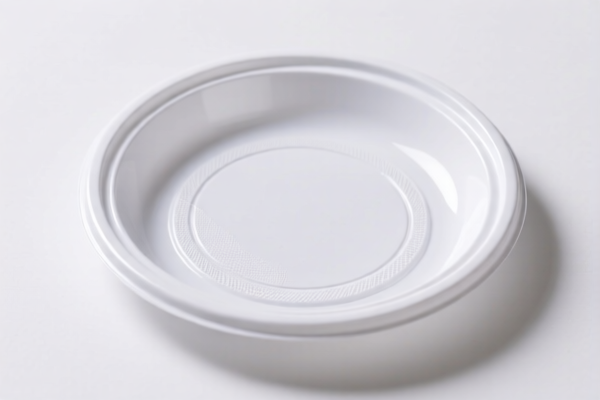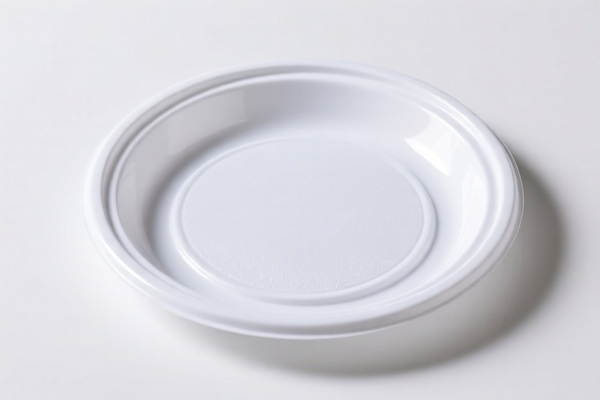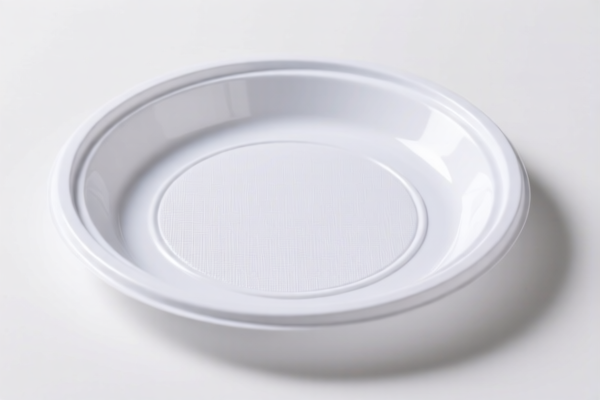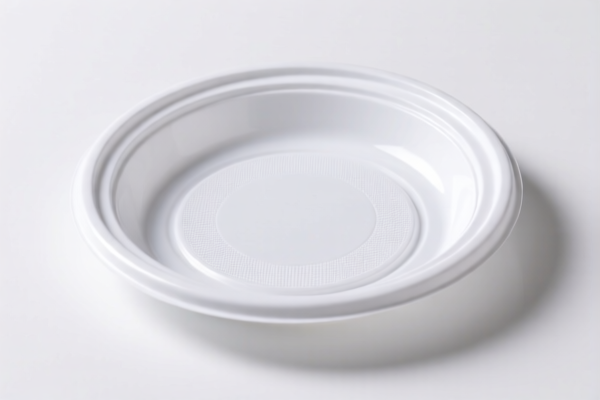| HS Code | Official Doc | Tariff Rate | Origin | Destination | Effective Date |
|---|---|---|---|---|---|
| 7016905000 | Doc | 60.0% | CN | US | 2025-05-12 |
| 7016901050 | Doc | 63.0% | CN | US | 2025-05-12 |
| 7419800900 | Doc | 58.0% | CN | US | 2025-05-12 |
| 7419805050 | Doc | 55.0% | CN | US | 2025-05-12 |
| 7409901030 | Doc | 58.0% | CN | US | 2025-05-12 |
| 7409905030 | Doc | 56.7% | CN | US | 2025-05-12 |
| 8201906000 | Doc | 55.0% | CN | US | 2025-05-12 |
| 8214909000 | Doc | 1.4¢ each + 3.2%+30.0% | CN | US | 2025-05-12 |
| 7326908688 | Doc | 82.9% | CN | US | 2025-05-12 |
| 7308907000 | Doc | 80.0% | CN | US | 2025-05-12 |
| 7308909530 | Doc | 80.0% | CN | US | 2025-05-12 |
| 9406900190 | Doc | 82.9% | CN | US | 2025-05-12 |
| 9406900130 | Doc | 82.9% | CN | US | 2025-05-12 |
| 8310000000 | Doc | 55.0% | CN | US | 2025-05-12 |




Filling Plate
A filling plate, also known as a denture flange, is a component of a full or partial denture used to retain the prosthetic appliance in the mouth. It provides support and stability by creating a seal against the oral tissues.
Material
Historically, filling plates were predominantly constructed from acrylic resin. Modern materials include:
- Acrylic Resin: Remains a common choice due to its ease of processing, repairability, and cost-effectiveness. Different grades offer varying degrees of flexibility and durability.
- Metal Frameworks (Cobalt-Chromium): Provide increased strength and rigidity, particularly for larger dentures or those requiring greater support. Often used as a base onto which acrylic is added.
- Nylon (Valplast): A flexible thermoplastic material offering comfort and aesthetics, often used for partial dentures.
- Thermoplastic Materials: Various other flexible and biocompatible plastics are employed, offering alternatives to acrylic and metal.
Purpose
The primary purposes of a filling plate are:
- Retention: To hold the denture in place during function (speaking, chewing).
- Support: To distribute occlusal forces evenly across the supporting tissues.
- Stability: To resist displacement during movement.
- Seal: To prevent food and fluids from entering behind the denture.
Function
Filling plates function by:
- Conforming to Tissue Undercuts: The plate extends beyond the base of the denture to engage the soft tissues of the oral cavity.
- Creating a Suction Seal: The intimate adaptation to the alveolar ridge and surrounding tissues creates a negative pressure seal.
- Utilizing Peripheral Seal: The plate extends to the mucobuccal fold, creating a seal that resists leakage.
- Distributing Forces: The plate spreads chewing forces across a larger surface area of the supporting tissues.
Usage Scenarios
Filling plates are indicated in the following scenarios:
- Complete Dentures: Replacing all natural teeth in an arch.
- Partial Dentures: Replacing one or more natural teeth when some natural teeth remain.
- Implant-Supported Dentures: Providing support and retention for dentures attached to dental implants.
- Transitional Dentures (Immediate Dentures): Used immediately after tooth extraction, serving as a temporary solution until permanent dentures can be fabricated.
Common Types
- Standard Denture Flange: The most common type, extending to the mucobuccal fold.
- High-Flange Denture: Extended labially and buccally for increased support and retention, often used in cases of reduced alveolar ridge height.
- Low-Flange Denture: Reduced labial and buccal extension, suitable for patients with sufficient ridge height and good tissue support.
- Lingual Flange: Extension lingually for increased retention, often used in conjunction with other flange designs.
- Magnetic Attachment Flange: Incorporates magnets for attachment to implants or opposing dentures.
Based on the provided information, “filling plate” can potentially fall under several HS codes, depending on its material and specific application. Here's a breakdown of relevant options:
- 7308907000: Structures (excluding prefabricated buildings of heading 9406) and parts of structures (for example, bridges and bridge sections, lock gates, towers, lattice masts, roofs, roofing frameworks, doors and windows and their frames and thresholds for doors, shutters, balustrades, pillars and columns) of iron or steel; plates, rods, angles, shapes, sections, tubes and the like, prepared for use in structures, of iron or steel: Other: Steel grating. This code applies to steel plates prepared for use in structures. If the filling plate is made of steel and used as part of a larger structure (e.g., flooring), this could be applicable. The total tax rate is 80.0%.
- 7308909530: Structures (excluding prefabricated buildings of heading 9406) and parts of structures (for example, bridges and bridge sections, lock gates, towers, lattice masts, roofs, roofing frameworks, doors and windows and their frames and thresholds for doors, shutters, balustrades, pillars and columns) of iron or steel; plates, rods, angles, shapes, sections, tubes and the like, prepared for use in structures, of iron or steel: Other: Other: Sheet-metal roofing, siding, flooring and roof drainage equipment. This code covers sheet-metal used for roofing, siding, or flooring. If the filling plate is made of sheet metal and used in these applications, this code may be relevant. The total tax rate is 80.0%.
- 7326908688: Other articles of iron or steel: Other: Other: Other: Other. This is a broad category for other iron or steel articles. If the filling plate doesn't fit into more specific categories, this could be considered. The total tax rate is 82.9%.
- 8310000000: Sign plates, name plates, address plates and similar plates, numbers, letters and other symbols, and parts thereof, of base metal, excluding those of heading 9405. If the filling plate is used as a sign or for labeling purposes and is made of base metal, this code could apply. The total tax rate is 55.0%.
Important Considerations:
- Regarding HS codes 7308907000 and 7308909530, please note the 25%加征关税 applies to steel and aluminum products.
- HS code 7326908688 is a very broad category. Accurate classification will depend on the specific material and function of the filling plate.
- HS code 8310000000 applies only if the plate is used for signage or labeling.
Without more information about the material, dimensions, and intended use of the filling plate, it is difficult to provide a definitive HS code classification.
Customer Reviews
No reviews yet.